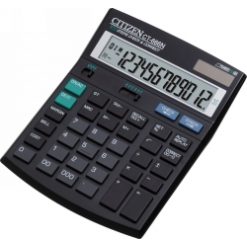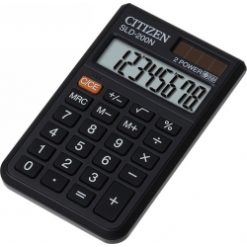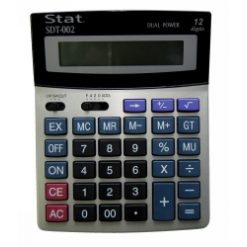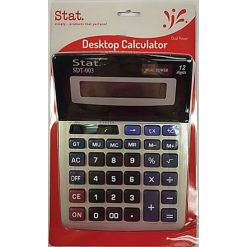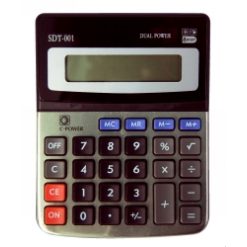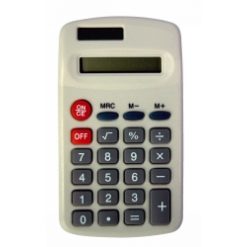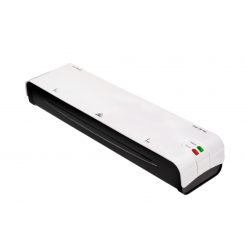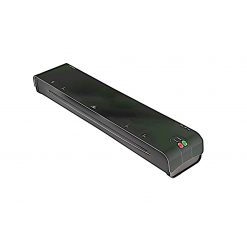Did you know that envelopes have been around for centuries? It is so easy these days to purchase the envelope that best suits your needs online or at a local stationery store, however envelopes have changed many times and have an interesting and intriguing history. The earliest known record of envelopes was at around 3500BC. These were made from clay folded over the original message and baked. This ensured that the message was safe inside until the clay envelope was broken. The first paper envelopes, developed in China, in the 2nd century at the time that paper was invented by the Chinese. Handmade envelopes were all available for both commercial and personal use until 1840 when George Wilson of London was granted a patent for an envelope cutting machine. However, even with this development the envelopes still needed to be hand folded until 1845 when a British patent was granted for the first envelope folding Machine. Endless progress was made over time and the next development of note was the invention of the self gumming envelope machine. The first of these machines never took off however it was perfected by two brothers sometime later and in 1876 the Swift Chain Dryer Machine was born. Its biggest claim to fame was that it was constructed of metal and not wood as in all previous machines A myriad of different types of envelopes are available today. Some of the most popular styles include: - Business Envelopes - Remittance Envelopes - Booklet Envelopes - Window Envelopes - Custom Windows - Full View Windows - A2 Envelopes - A7 Envelopes Apart from the paper envelopes which are available in many different sizes and shapes, other advances have been made in envelopes for specific needs. We now have available for use, particularly in the business sector Security envelopes which are used for valuable products and important documents such as legal papers have special tamper-resistant and tamper-evident features. Mailers usually have an opening on an end with a flap that can be attached by gummed adhesive, integral pressure-sensitive adhesive, adhesive tape, or security tape. Construction is usually of paperboard, nonwoven fabric and polyethylene. Padded shipping mailers are also available. As with envelopes labels have developed over the years driven by business and manufacturing needs over the centuries. In the 1600’s labels were first used to print logos onto flour sacks and tie tags to packages. Labels are an essential part of the modern world. The first printed labels started in the 1800’s and were used to provide information on medical and pharmaceutical prescription bottles. These were printed on handmade paper using a wooden press and then glued on. The first glue was made using animal and meat products however by the mid 1800’s rubber based glues were being used. Around the 1840’s colours and engravings were starting to be used. It was not until 1930 that fully synthetic adhesives were developed. More progress was made when R Stanton Avery created a machine to produce self adhesive labels. Once inkjet printers were available in the 1950’s self adhesive stickers became extremely popular. In the 1960’s due to the development of new types of adhesives self adhesive labels became very popular and were used on a wide range of surfaces (plastics, metals, glass, wood etc). The first bar code labels, used today in most shops and industries, were first developed in the 1970’s playing a huge and important role in sales, logistics and storage. Another of the developments that have been made more recently is the advent of food labels. These play an important role in providing a wide range of information to help consumers make food choices and also help to protect public health and safety by displaying information such as dates and ingredients and advisory time limits. Regardless of use, the team at Stationery R Us Express have a great selection of envelopes and labelling options for many occasions to purchase on our website.
Did you know that envelopes have been around for centuries? It is so easy these days to purchase the envelope that best suits your needs online or at a local stationery store, however envelopes have changed many times and have an interesting and intriguing history. The earliest known record of envelopes was at around 3500BC. These were made from clay folded over the original message and baked. This ensured that the message was safe inside until the clay envelope was broken. The first paper envelopes, developed in China, in the 2nd century at the time that paper was invented by the Chinese. Handmade envelopes were all available for both commercial and personal use until 1840 when George Wilson of London was granted a patent for an envelope cutting machine. However, even with this development the envelopes still needed to be hand folded until 1845 when a British patent was granted for the first envelope folding Machine. Endless progress was made over time and the next development of note was the invention of the self gumming envelope machine. The first of these machines never took off however it was perfected by two brothers sometime later and in 1876 the Swift Chain Dryer Machine was born. Its biggest claim to fame was that it was constructed of metal and not wood as in all previous machines A myriad of different types of envelopes are available today. Some of the most popular styles include: - Business Envelopes - Remittance Envelopes - Booklet Envelopes - Window Envelopes - Custom Windows - Full View Windows - A2 Envelopes - A7 Envelopes Apart from the paper envelopes which are available in many different sizes and shapes, other advances have been made in envelopes for specific needs. We now have available for use, particularly in the business sector Security envelopes which are used for valuable products and important documents such as legal papers have special tamper-resistant and tamper-evident features. Mailers usually have an opening on an end with a flap that can be attached by gummed adhesive, integral pressure-sensitive adhesive, adhesive tape, or security tape. Construction is usually of paperboard, nonwoven fabric and polyethylene. Padded shipping mailers are also available. As with envelopes labels have developed over the years driven by business and manufacturing needs over the centuries. In the 1600’s labels were first used to print logos onto flour sacks and tie tags to packages. Labels are an essential part of the modern world. The first printed labels started in the 1800’s and were used to provide information on medical and pharmaceutical prescription bottles. These were printed on handmade paper using a wooden press and then glued on. The first glue was made using animal and meat products however by the mid 1800’s rubber based glues were being used. Around the 1840’s colours and engravings were starting to be used. It was not until 1930 that fully synthetic adhesives were developed. More progress was made when R Stanton Avery created a machine to produce self adhesive labels. Once inkjet printers were available in the 1950’s self adhesive stickers became extremely popular. In the 1960’s due to the development of new types of adhesives self adhesive labels became very popular and were used on a wide range of surfaces (plastics, metals, glass, wood etc). The first bar code labels, used today in most shops and industries, were first developed in the 1970’s playing a huge and important role in sales, logistics and storage. Another of the developments that have been made more recently is the advent of food labels. These play an important role in providing a wide range of information to help consumers make food choices and also help to protect public health and safety by displaying information such as dates and ingredients and advisory time limits. Regardless of use, the team at Stationery R Us Express have a great selection of envelopes and labelling options for many occasions to purchase on our website.
